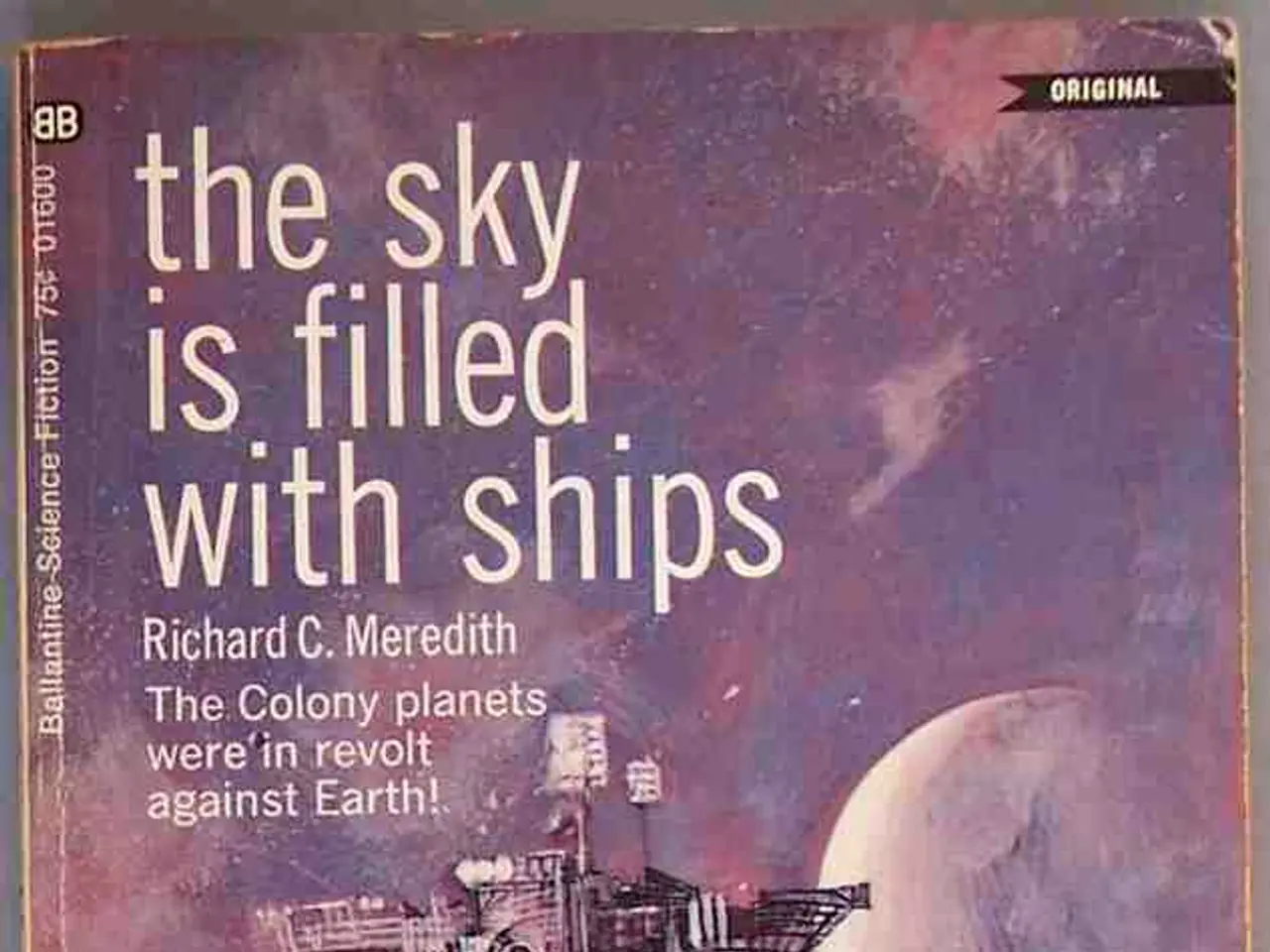Cosmic Pancake Discovery with Webb Reshaping Understandings of the Milky Way
In a groundbreaking discovery, the James Webb Space Telescope (JWST) has shed new light on the Milky Way's dual disk structure and its profound implications for the galaxy's history, the development of stars, planets, and potentially, life.
The JWST's observations have confirmed that many galaxies, including our own, are composed of two stacked disks: a thick, older disk and a thin, younger disk. This dual disk structure is not unique to the Milky Way but is a common feature in galaxies across the universe.
The thick disk, containing older, more primitive stars, serves as a cosmic fossil, preserving clues about galaxy evolution and star formation. On the other hand, the thin disk, rich in heavy elements like oxygen and carbon, is home to younger stars and provides the necessary conditions for the formation of stars and planets with the ingredients for life.
The observations suggest that galaxies form in two main stages: an early chaotic phase with a thick disk, followed by the formation of a calmer, thin disk. This pattern is observed even in distant galaxies, indicating a universal trend in galaxy evolution. By analyzing 111 edge-on galaxies spanning 11 billion years of cosmic history, scientists can trace the evolution of these galaxies back to the early universe, providing insights into how galaxies have changed over time.
The study, led by astronomer Takafumi Tsukui, focuses on the two-disk structure of galaxies, including the Milky Way. With Webb's resolution and unique ability to see through dust and highlight faint old stars, we can identify the two-disk structure of galaxies and measure their thickness separately. This has significant implications for understanding how life-supporting environments might emerge in other galaxies.
The findings from the study offer fresh clues to the history of the Milky Way. Webb's findings help pinpoint when the Milky Way's own thin disk emerged, offering fresh clues to our galaxy's history. As more stars formed, their gravity helped calm the chaos, allowing galaxies to settle into the thin, flat, pancake-like layers we see today.
Understanding this timeline is crucial for astronomers to better explain how the conditions for stars, planets, and eventually life developed in our galaxy. The study's results contribute to the understanding of the evolution of galaxies over time, offering new perspectives on the search for extraterrestrial life. The study invites readers to delve deeper into the fascinating world of cosmic pancakes and their connection to the history of our Milky Way.
- Science has gained significant advancements, with the James Webb Space Telescope (JWST) revealing that many galaxies, including our own Milky Way, are composed of two stacked disks, a thick, older disk, and a thin, younger disk, a finding that underscores the importance of environmental-science and space-and-astronomy.
- The JWST's technology, capable of seeing through dust and highlighting faint old stars, allows scientists to study the two-disk structure of galaxies across the universe and trace the evolution of these galaxies back to the early universe, offering insights into the development of stars, planets, and potentially life.
- The implications of this study extend beyond our galaxy, as the understanding of how galaxies form and evolve, with the help of technology, can provide new perspectives on the search for extraterrestrial life in the vast universe.




